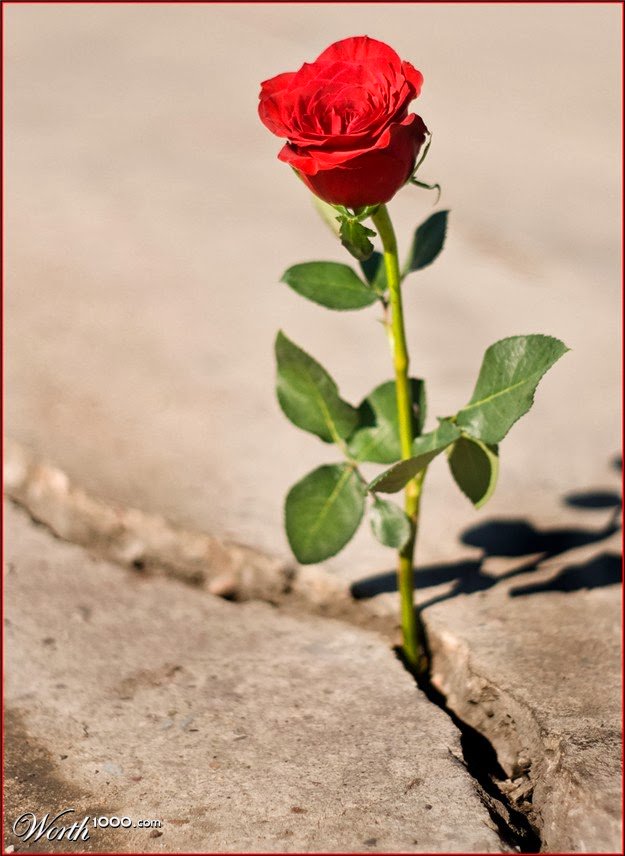Our Changing Assumptions About Photography ⇥ theverge.com
Sarah Jeong, the Verge:
If I say Tiananmen Square, you will, most likely, envision the same photograph I do. This also goes for Abu Ghraib or napalm girl. These images have defined wars and revolutions; they have encapsulated truth to a degree that is impossible to fully express. There was no reason to express why these photos matter, why they are so pivotal, why we put so much value in them. Our trust in photography was so deep that when we spent time discussing veracity in images, it was more important to belabor the point that it was possible for photographs to be fake, sometimes.
This is all about to flip — the default assumption about a photo is about to become that it’s faked, because creating realistic and believable fake photos is now trivial to do. We are not prepared for what happens after.
I have written about the long history of manipulated photographs, but I think Jeong’s framing accurately captures how these new technologies will shift expectations of how they reflect reality. There is a key difference between something which has always been possible, and something which is increasingly simple. I am not sure if there will be a critical mass moment, but the slide — first gradual and then sudden — is worth reckoning with. The mere threat that just anyone is able to make convincing fakes is reason enough to erode reality.
Here is a little postscript to that earlier piece I wrote about A.I.-faked images and to another I wrote about altered images in news coverage. One of the most-downloaded generated images on Adobe Stock in searches for war-related material depicts a rose growing in rubble. When I reverse-searched the image, I stumbled across a different version of the same concept:

This picture has been reproduced widely across the web; I got this one from a tweet. It is often accompanied by the text of the third verse of Tupac Shakur’s “The Rose That Grew From Concrete”. Look at the annotation in that link to the lyrics website Genius, and you will see the same image. Look a little closer and you will see the watermark in the lower-left corner: this image is by a user of Worth1000.com.
For those not already familiar, Worth1000 was a long-running contest site with separate categories for photo manipulation and photography. The site was acquired by DesignCrowd which, until recently, preserved an archive of the contests.
Here is where things get strange. As I was looking into this image, I was sure I would find it was entered in one of Worth1000’s Photoshop contests. Then I could write an article about the parallels between an A.I.-generated image and one faked by a person, and that would be very neat. But after coming up empty-handed in my searches for it in the Photoshop contests section, I looked in the photography contests — and found it in “Song Title Literalisms 2010” entered by a user named “Supagray”. I had a link to that contest to prove my point but, sadly, DesignCrowd erased its archives sometime in the past year. I tried tracking down this “Supagray” user, but was unsuccessful.
I really thought my expectations would be proven correct — that I would find this image was created in software. All the indicators were there. But I was wrong. I do not find it an especially interesting photo. But I appreciate the user who made it found a way to capture it for real, probably by jamming a grocery store rose into some pavement. Maybe we will collectively experience a similar feeling when we know an improbable image was not generated by A.I. tools, but was actually made for real.
If we do, it will likely pale in comparison to the number of times the opposite will be true — or, perhaps more often, when it is even possible the opposite could be true. Since anyone can now radically and realistically alter an entire scene within minutes of taking a photo, our expectations need to change. But we still need to be able to believe real newsworthy photos and videos are, indeed, real.